Without doubt, Evgeny Kissin was a prodigiously talented child who began to play the piano at the age of two. He made his orchestral debut at the age of ten and played his recital debut one year later. At the age of thirteen, Kissin performed both Chopin piano concertos with the Moscow Philharmonic, and the concert recording spawned worldwide interest. To be sure, Kissin possesses phenomenal virtuosity, poetic interpretation, and an ability to bring orchestral sonority to his playing. Primarily known as a performer, Kissin was, and once again is, active as a composer. Like a good many performers, Kissin wrote his own cadenzas for the C-minor piano concerto by Wolfgang Amadeus Mozart. The cadenzas are stylistically plausible, but have been described “as not particularly adventurous or creative.”
Wolfgang Amadeus Mozart: Piano Concerto No. 24 in C Minor, K. 491 (cadenza by E. Kissin) (Evgeny Kissin, piano; London Symphony Orchestra; Colin Davis, cond.)
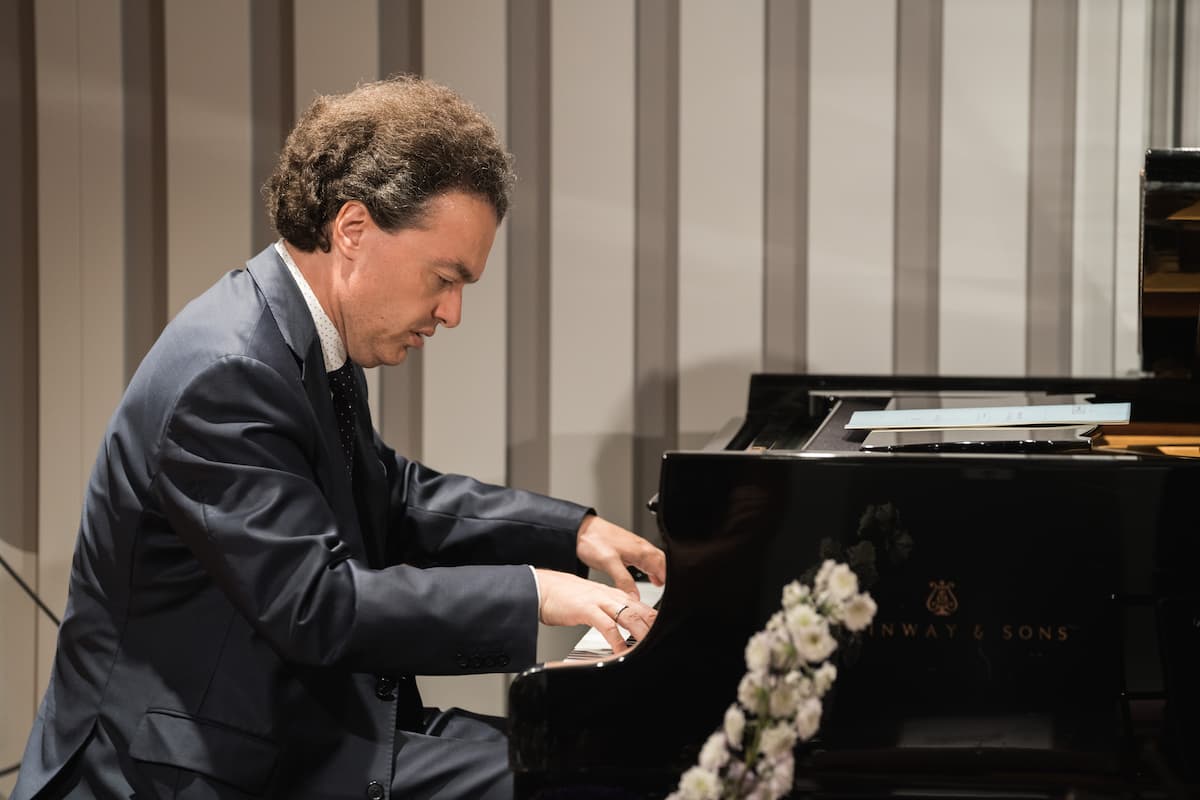
Evgeny Kissin
Kissin started composing at an early age, and he once explained, that “he usually generates musical ideas while lying in bed.” His earliest miniatures carry such mundane titles as “Morning Song,” “New Year’s March,” and “Petrushka.” Born out of improvisation, these pieces feature simple harmony and texture, with chromaticism and virtuosity gradually emerging. Kissin entered a special school for gifted children, the Moscow Gnessin School of Music, where he became a student of Anna Pavlovna Kantor.
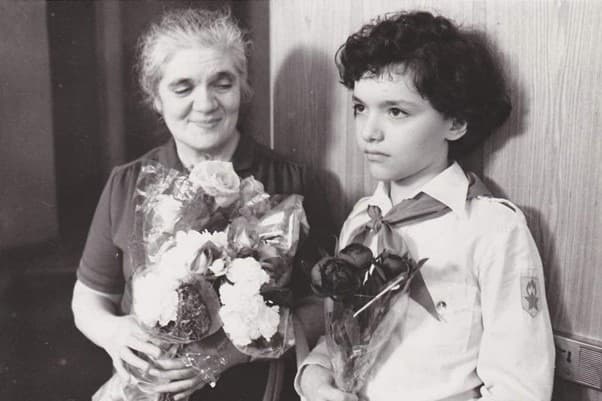
Anna Pavlovna Kantor and Evgeny Kissin
She remembers, “he could play everything but didn’t know anything. Once he learned to read music, he could play any music given to him, and after playing a piece just once, he could play it by heart.” And once he had learned to write music, he started notating his musical thoughts. Given such phenomenal abilities, it is hardly surprising that various stylistic studies and theoretical analyses also produced 2 Inventions in the style of J. S. Bach.
Evgeny Kissin: 2 Inventions
Very quickly, however, Kissin was pondering a career as a pianist-composer. As he explained in an interview, “Whether or not I’ll write something of a larger scale, I don’t know, for me it’s a matter of inspiration. I love composing, but my main work is playing piano, and it’s really difficult to combine the two things because each of them requires time and concentration. Even Sergei Rachmaninoff admitted that he could not do both at the same time, as he had to devote his time either to playing piano or to composing during particular periods of time.”
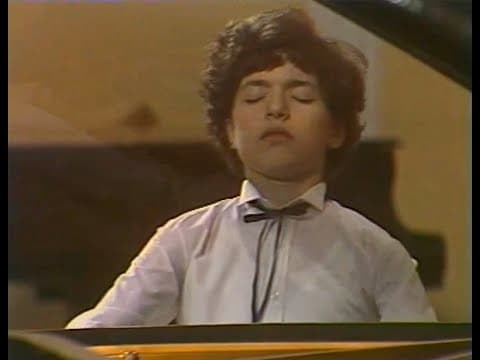
The young Evgeny Kissin
At some point, Kissin stopped hearing his own music and since he considers performance as “the gift to composers and all of humanity,” he decided to focus on his pianistic career instead.
Evgeny Kissin: 4 Piano Pieces, Op. 1, No. 1 “Meditation”
In 2015, however, Kissin once again took up composition. He wrote 4 pieces for piano, and “when I finished these pieces the admired composer Arvo Pärt gave me some precious advice about the “Meditation” which was absolutely right. So I made some corrections.” Kissin subsequently published these four piano miniatures as his Opus 1. The “Meditation” is fiercely atonal and densely chromatic. The opening is somber and dark with a static ostinato bass supporting atonal chord progressions. Reminiscent of the late Scriabin, the music projects a nocturnal character full of prominent motivic developments. It contains a number of musical themes, and each theme is created from a combination of smaller motives. These motives, in turn, undergo various modifications and rhythmic manipulation.
Evgeny Kissin: 4 Piano Pieces, Op. 1, No. 2 “Dodecaphonic Tango”
Composed in 2012, “Dodecaphonic Tango” can be traced to Kissin’s concert tour in Latin America, where he came into contact with various dance forms. Kissin’s “Dodecaphonic Tango” relies on two contrasting moods that constantly alternate in the manner of a dialogue. The opening, martial-like section consists of hexachords that “require articulation with a pronounced staccato and an emphasis on off-beat accents. The contrasting theme is essentially lyrical, with the melody in the top voice relying on crystalline clarity.
Evgeny Kissin: 4 Piano Pieces, Op. 1, No. 3 “Intermezzo”
A contemplative “Intermezzo” follows the atmospheric tango. This miniature is only 16 measures long, yet it is perfectly formed. It is a simple piece in two-voice counterpoint, the hands gradually weaving their descent, “buoyed along by chromatic inflections.” The set concludes with a highly virtuosic and jazz-inspired “Toccata.” It goes without saying that this movement requires advanced technical skills as it stylistically borrows from Prokofiev and Gershwin. Kissin actually began this work in 1986, but abandoned it at an early stage. He took up this composition once again a few years ago and crafted a musical climax fusing virtuosity and jazz.
Evgeny Kissin: 4 Piano Pieces, Op. 1, No. 4 “Toccata”
After initially having abandoned composition during his meteoric pianistic rise, Kissin returned to it in earnest. His Cello Sonata, Op. 2 was completed in 2016 and premiered by Gautier Capuçon with Yuja Wang at the Verbier Festival in that year. The work has since been taken up by a number of performers, and unfolding in a single movement, it has been described as being “akin to a ballad in its restraint and introspection.” A somber cello theme takes on a greater intensity as it builds towards a brief climax, supported by the theme played on the piano. As a critic writes, “there follows an understated development of the main motifs which soon returns to the theme itself, atmospherically complemented by the piano, over the course of a modified and slightly more demonstrative reprise. Before long, however, this winds down into the ruminative depths from where the piece draws to its close.”
Evgeny Kissin: Cello Sonata, Op. 2 (Gabriel Schwabe, cello; Roland Pöntinen, piano)
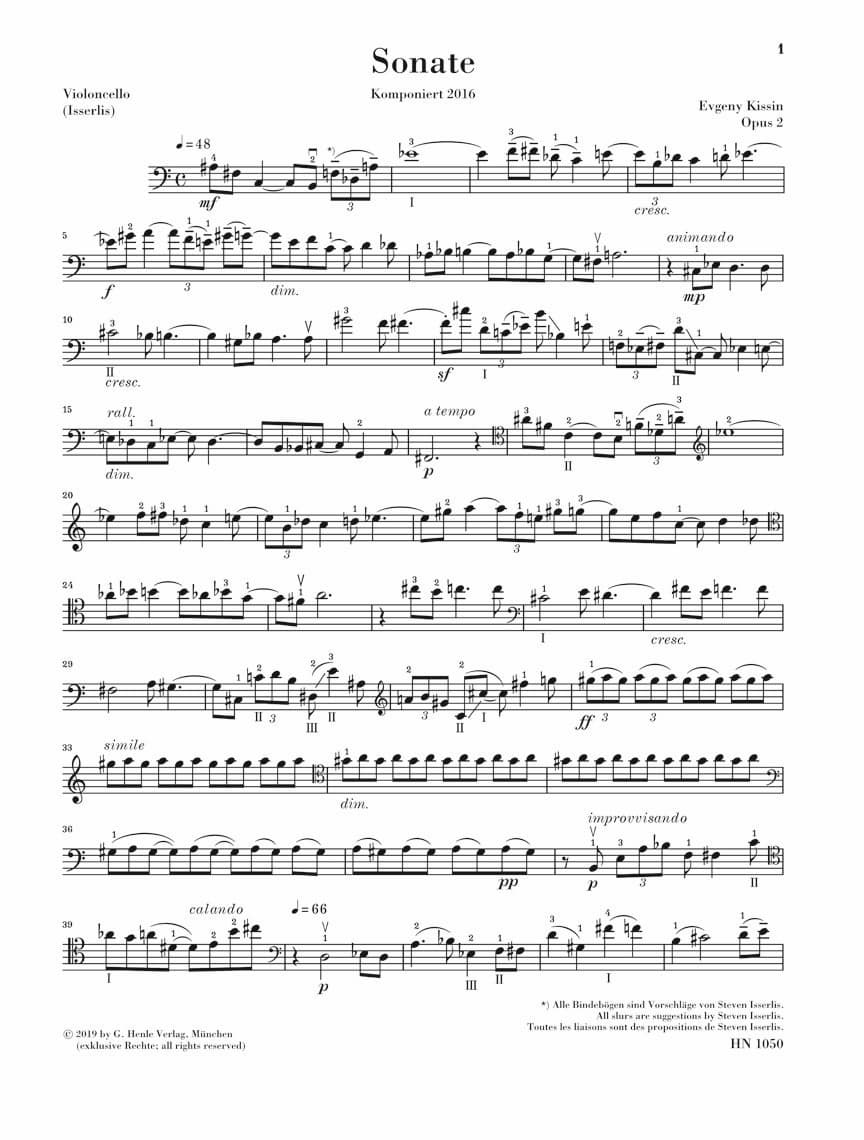
Evgeny Kissin: Cello Sonata
Composed in 1015-16 and first recorded on Nimbus Records by the Kopelman Quartet, Kissin’s String Quartet, Op. 4 comprises four strongly contrasting movements. The Kopelman Quartet provided assistance to the composer recommending various modifications to the original score regarding technical issues and string effects. The work is clearly in a modernist vein, “starkly constructed but deeply communicative. It also comprises an eclectic mixture of styles, including a strong Russian character inflected by Jewish influences, “as well as dalliances with dodecaphony and traits of composers as diverse as Shostakovich, Prokofiev, Josef Matthias Hauer and Arvo Pärt.”
The stately “Adagio” provides a firm tonal center, over which the viola and second violin combine to spell out a twelve-note series. A cello solo initiates a section of fluctuating tempo, culminating in a climactic passage for all four instruments. The opening material is reintroduced while the movement gently dissolves. The extremely lively “Allegro” meanders between dynamic extremes and bristles with intense glissandi. It features intense chromaticism in descending and ascending fugato-like figures spiced up by biting dissonant harmonies. Marked “Largo drammatico,” the third movement is rhythmically animated and relies on sharply contrasting dynamics, while the concluding finale is suffused with elements of fugato and, like all movements, informed by dodecaphonic harmonies.
A reviewer writes, “above all, though, Kissin is a romantic in his approach to life and creativity and one cannot help but wonder if his String Quartet contains some extra-musical significance yet to be unveiled.” Kissin also published Thanatopsis for female voice and piano, as his opus 4. This expressive setting of a poem by William Cullen Bryant is primarily informed by recitative, “which congenially allows the prevailing mood of the text to resound.” Kissin has recently been performing with the Emerson String Quartet, and he is cautiously guarded when it comes to future composition projects. “We’ll see what the future brings,” he explains, “I don’t want to do anything that is not worthy of people’s attention.”
For more of the best in classical music, sign up for our E-Newsletter
Evgeny Kissin: String Quartet (Kopelman Quartet)

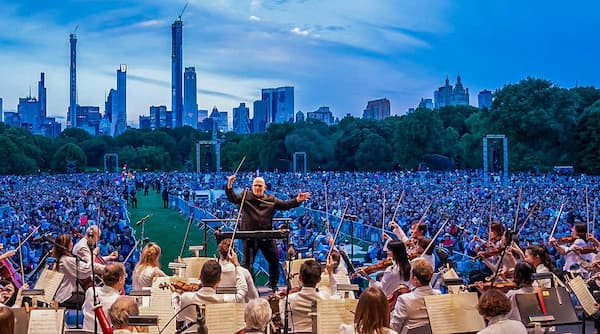
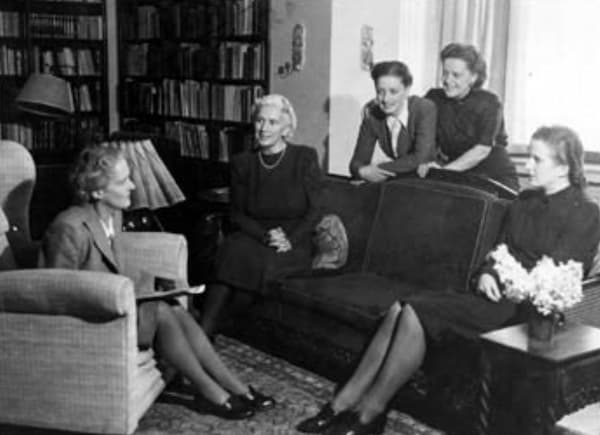
The neo-bachian Inventions are really good. A nice listen.
The 4 pieces funcion welll as a cycle. The “modernist” (as in Weinberg, late Kabalevsky and Shostakovich) style is very accesible. The Dodecaphonic Tango fun, a piece Schoenberg should have composed, except that he was not Russian! The INtermezzo is perfectly so and the Toccata is a motoric finale that excites the audience.
The chamber pieces are beautifully conceived and have an attractive mode. The style (especially the Quartet) is middle-late Shostakovich (as an inspiration rather). The faster sections are very accesible and crafty. I only have praise for the pieces and I’m happy I made their acquaintance..